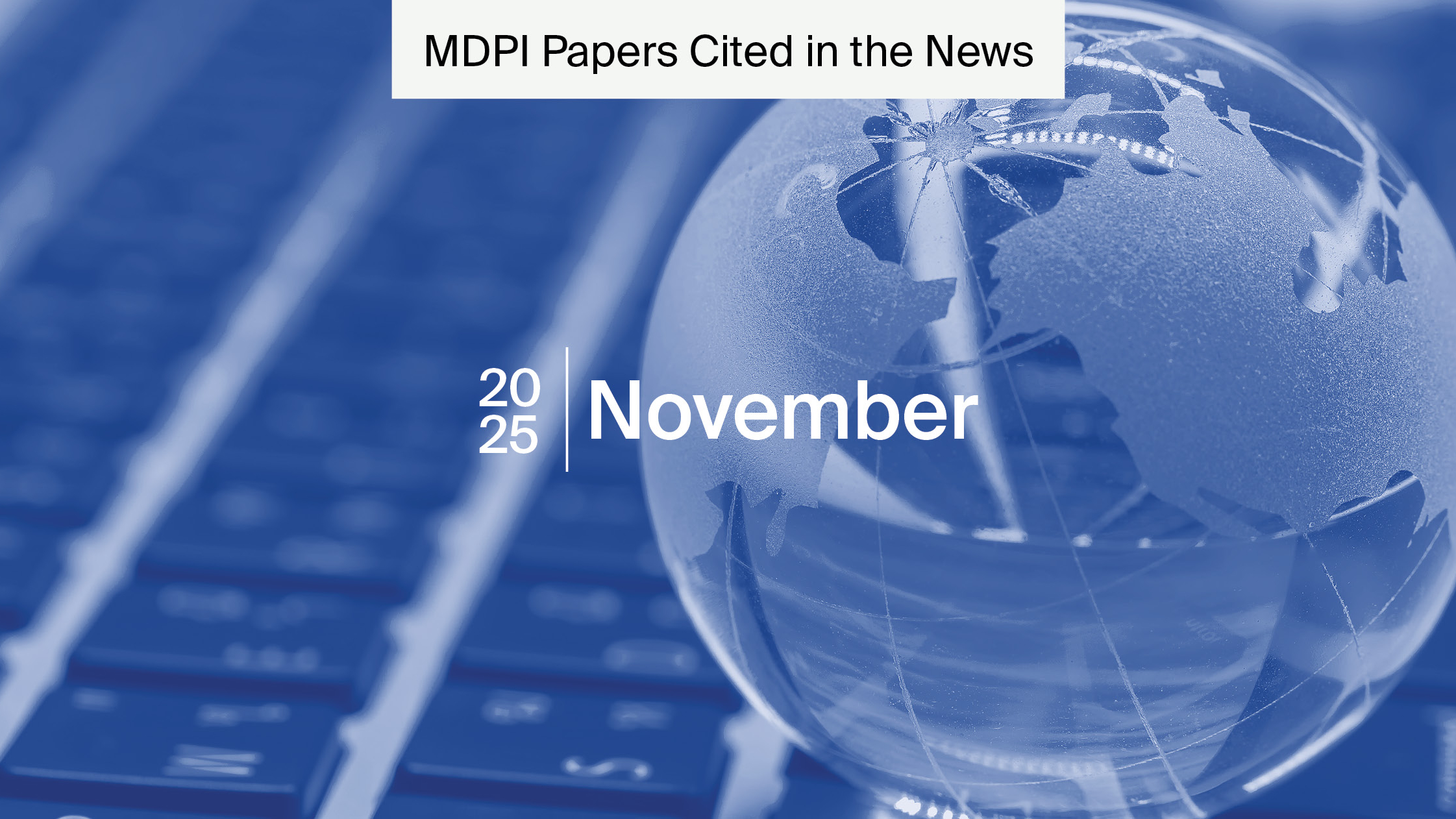
Excessive Intake of Folic Acid During Pregnancy Increases Risk of Gestational Diabetes
Incidence rates of gestational diabetes mellitus (GDM) are increasing globally. According to the International Diabetes Federation, in 2024, it was estimated that out of 23.3 million live births, 15.6%, had some form of high blood glucose during pregnancy.
It’s been reported in national surveillance data that the incidence of GDM has more than tripled in Australia in just over a decade.
Australian researchers from Flinders University and Adelaide University, who recently published in the Open Access journal Nutrients, identified a link between the rise in GDM and excessive folic acid intake in pregnancy.
Gestational diabetes mellitus
GDM is high blood glucose that develops during pregnancy that resolves during birth.
Developing the condition can increase the risk of other health issues for the mother and baby, such as type 2 diabetes and preeclampsia. Preeclampsia is a serious pregnancy complication that can develop after 20 weeks of pregnancy. It’s characterised by persistent high blood pressure and protein in the urine. It can cause serious complications for both mother and baby.
GDM can also significantly increase the size of the baby, putting the mother at risk of birth complications and a higher risk of caesarean delivery. Moreover, children exposed to high blood glucose levels during pregnancy may also be at a higher risk of becoming overweight and developing type 2 diabetes.
During pregnancy, the placenta releases hormones crucial for the baby’s development; however, they also influence changes in the body, such as weight gain. These hormones can also cause insulin resistance by blocking the pancreas’s ability to produce or use insulin. Insulin is a hormone that helps to regulate blood sugar by allowing it to enter cells and produce energy. Insulin resistance can lead to the development of GDM.
“The placenta is central to regulating maternal glucose tolerance in pregnancy, so we need to understand how high FA intake affects placental function and, in turn, insulin resistance and gestational diabetes risk,” explains Dr Jankovic-Karasoulos, from the Robinson Research Institute at the University of Adelaide.
It’s not fully understood why GDM only affects some pregnant women, although there are risk factors associated with it, including:
- Women over the age of 45
- Being overweight
- Having a family history of diabetes
- Having a history of gestational diabetes
- Previously giving birth to a large baby
Folic acid
Folic acid is a synthetic form of folate, which is a B vitamin known as B9. Folate is commonly found in leafy greens, citrus fruit, and beans.
Folic acid, or folate, is an essential vitamin for facilitating DNA synthesis required for cell growth and repair in the body. Because of this, it’s an crucial vitamin to take during the first trimester of pregnancy and is even recommended for women to take before conception.
The World Health Organization recommends that all women planning a pregnancy should take 400 mg of folic acid before conception and throughout the first 12 weeks of pregnancy.
Daily doses of folic acid before and during the first 12 weeks of pregnancy aid the development of the foetal neural tube, which later develops into the brain and spine. Regular intake of folic acid during this period has been shown to help prevent serious birth defects associated with the neural tube, including spina bifida and anencephaly. However, it’s been identified that many women exceed this dose recommendation due to folic acid being fortified in various foods such as bread and cereal.
Folic acid and gestational diabetes
The mandatory fortification of folic acid in food products has been adopted and implemented in 100 countries globally to increase folate intake and prevent birth defects. This is because the development of the neural tube happens in very early pregnancy and stops at 4 weeks. Most women do not know that they are pregnant during this time, especially those with unplanned pregnancies. In addition to this, many pregnancy vitamins contain double the recommended dose of folic acid. This results in many women unknowingly over-supplementing folic acid.
“We suspect that increased FA intake over the past 10-15 years is contributing to the steady rise in GDM prevalence in Australia.” – Dr Jankovic-Karasoulos.
The researchers investigated whether fortification of folate has altered maternal folate status, increasing the risk of GDM, and whether key hormones responsible for regulating glucose homeostasis are affected by excessive folate intake.
“Our study suggests that higher-than-recommended FA intake may have unintended consequences for pregnancy,” explains Dr Jankovic-Karasoulos.
Analysing the impact of fortified folate intake
The researchers analysed two groups of pregnant women, recruited from two different cohorts: women with single pregnancies before the folic acid fortification mandate in Australia (2005-2008) and women with single pregnancies during the folic acid fortification mandate in Australia (2015-2018).
The study only included pregnant women with a confirmed diagnosis of GDM. Additionally the researchers had a range of exclusion criteria including:
- Women at high risk of pregnancy complications
- Women diagnosed with type 1 or type 2 diabetes before pregnancy
- Women diagnosed with hypertension and related disorders before pregnancy
- Women who experienced 3 or more miscarriages or terminations
- Women whose pregnancy was complicated by foetal anomaly, or those who received interventions
- Women taking calcium (>1 g/d), eicosapentaenoic acid (≥2.7 g/d), vitamin C (>1000 mg/d) or vitamin E (>400 IU/d).
The researchers collected peripheral non-fasting blood samples from each cohort group. The pre-folate fortification group samples were taken at 14-16 weeks of gestation, and the post-folate fortification group samples were taken at 6-16 weeks of gestation.
The blood sample analysis included measuring serum folate (RCF), prolactin (PRL), human placental lactogen (hPL) and placental growth hormone (GH2), and the associations with GDM were assessed.
Excessive folate intake impacts gestational diabetes mellitus risk
The researchers identified that compared to pre-fortification women, post-fortification women have a higher incidence of GDM. They found that 5% of women pre-fortification developed GDM compared to 15.2% post-fortification. Moreover, they also identified that the concentrations of red cell folate (RCF) were above the clinical reference range in 57.6% of women post-fortification. Additionally, the researchers confirmed that women with excessive RCF concentrations in their blood had 48% more cases of GDM.
“Our study shows that excess maternal folate significantly increases GDM risk in our post-fortification pregnancy cohort,” – Dr Jankovic-Karasoulos explains.
The researchers concluded that this study identified a significant increase in GDM in women post-folic acid fortification. They also note that their findings indicate that maternal folate excess may be contributing to the risk prevalence of GDM in Australia. Additionally, they found that women post-fortification also had altered levels of placental hormones that play a role in regulating maternal glucose homeostasis. Because of this, they state that further investigation is needed to establish the role of folic acid in the regulation of placental endocrine function in the context of GDM.
“The use of FA is widely recommended worldwide, but we need to keep investigating unexpected implications, plus how to identify women at risk of gestational diabetes early in pregnancy to protect the baby from adverse effects of high maternal blood glucose for the best start in life,” explains Professor Roberts, from the Flinders Health and Medical Research Institute.
If you would like to read more about this area or submit your own research, please see the Nutrients Section: Micronutrients and Human Health.










